Curious travelers often chase lighthouses and leaf-peeping routes in New Hampshire, yet overlook the living story beneath every trail and river bend.
The Abenaki, People of the Dawn, shaped this land long before it had that name, and their presence still guides how to read the forests and shorelines.
This list opens quiet doors, pointing you to places, practices, and perspectives hiding in plain sight across the Granite State. Read on, then step outside with new eyes and a deeper map in your pocket.
1. A Homeland Called Ndakinna
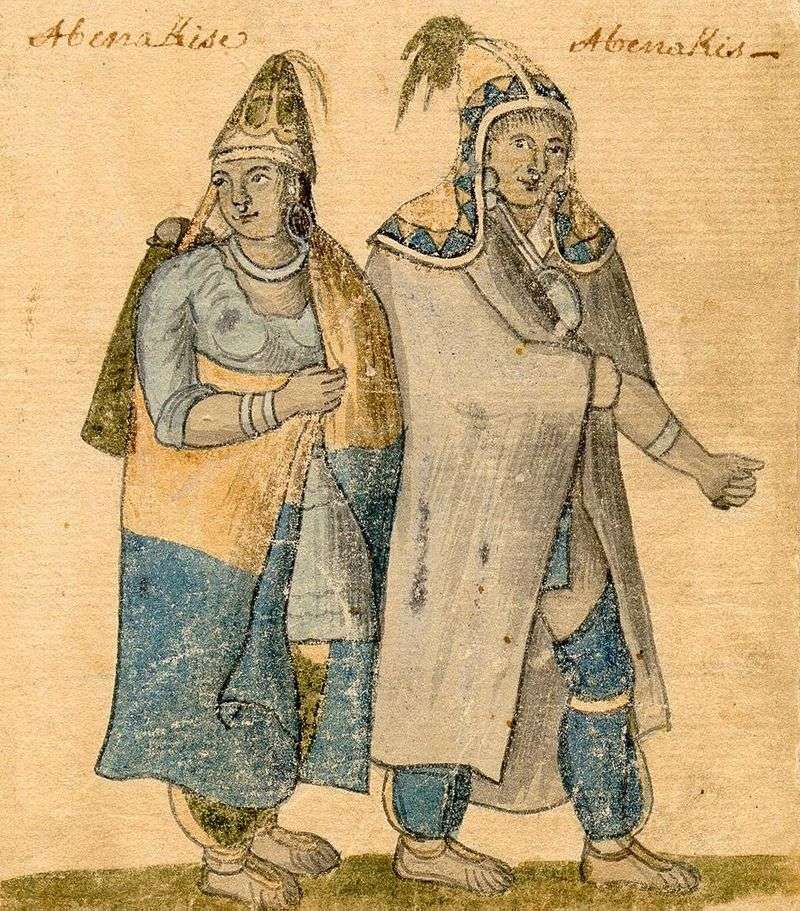
Ndakinna is the Abenaki word often translated as our land, yet the meaning runs closer to kinship than boundary. It ties rivers, ridgelines, and seasonal paths into a single living relationship.
In New Hampshire, Vermont, and Maine, this concept stretches across watersheds and wildlife corridors. Travel here and you feel how valleys hold memory, and how mountains shape daily movement.
Ndakinna includes reciprocity, care, and responsibility. It is not a map line, it is a way of traveling with intention.
When you trace the Merrimack or the Connecticut, imagine a network of family routes and gathering places. Camps, gardens, and fishing sites formed a web of belonging.
On a road trip through the state, pause where rivers bend and the woods quiet. Listen for place-names with Abenaki roots.
The idea reframes sightseeing as stewardship. You are not just passing through, you are entering a relationship.
Museums and trail signs hint at this, but the land itself teaches best. Walk slowly and let Ndakinna translate for you.
The more you notice, the more the landscape becomes a guide. That is the doorway the Abenaki kept open.
2. Millennia Before Colonists Arrived
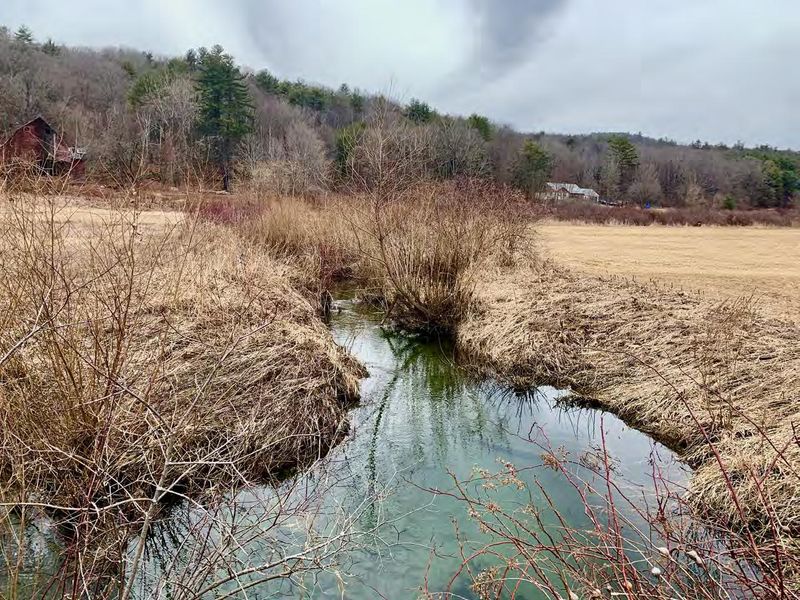
Archaeological work and Abenaki oral history point to deep continuity in this region. People thrived along rivers and uplands long before colonial towns appeared.
New Hampshire’s valleys hold traces of seasonal camps and travel corridors. Shores and terraces reveal long relationships with fish runs and migratory game.
Sites near major waterways show layered histories, not single moments. Each layer maps a skillful response to climate and season.
For travelers, this shifts the timeline of the places you visit. Trails you hike were already old when the first forts rose.
Museums across the state share finds that align with community knowledge. Together they sketch a durable presence rather than a distant past.
The Abenaki story is not a footnote to colonization. It is the baseline for understanding northern New England.
Look to floodplains and sandy banks for teaching landscapes. These settings nurtured camps, craftwork, and food storage.
Reading the land this way adds depth to every stop. You step into a narrative that has never ended.
Unlike many U.S. states, New Hampshire currently has no federally recognized tribe; Abenaki descendant communities today continue cultural life without official reservation status.
3. Seasonal Mobility, Not Fixed Towns
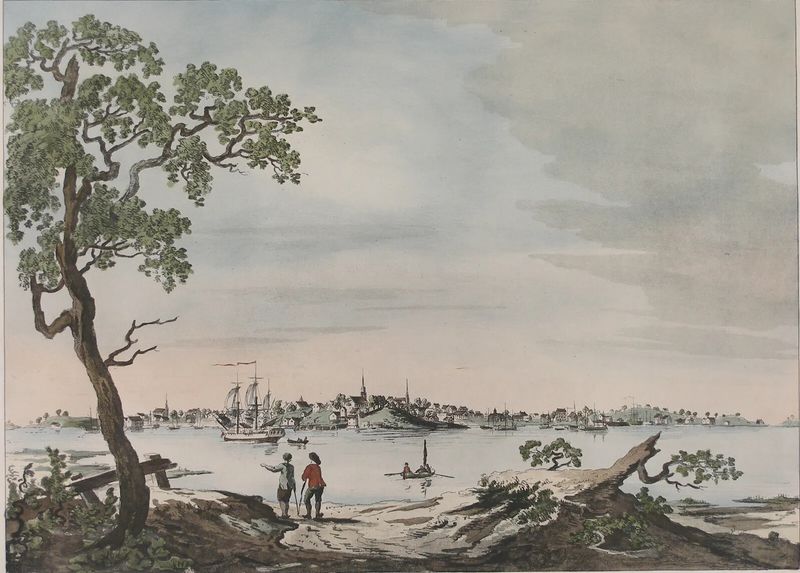
Many Abenaki communities moved with the year rather than staying in one large fixed town. Mobility matched the rhythms of fish runs, planting windows, and hunting cycles.
Spring brought planting in garden plots near fertile soil. Summer focused on fishing, gathering, and travel along waterways.
Autumn followed game into uplands and hardwood forests. Winter camps grew smaller and sheltered, close to wood and water.
This system is often misunderstood as wandering. In practice it was precise, skilled, and efficient.
In New Hampshire, you can spot the logic in the landscape. Rivers turn into highways, and ridgelines into weather guides.
Travelers can imagine a calendar embedded in place. Think of each stop as a season-specific workspace.
Historic education resources in the state map these routes. They show how family ties and resource sites aligned.
Seeing mobility as expertise helps decode old assumptions. The land makes sense when move and season link together.
4. Agriculture, Hunting and Gathering Combined
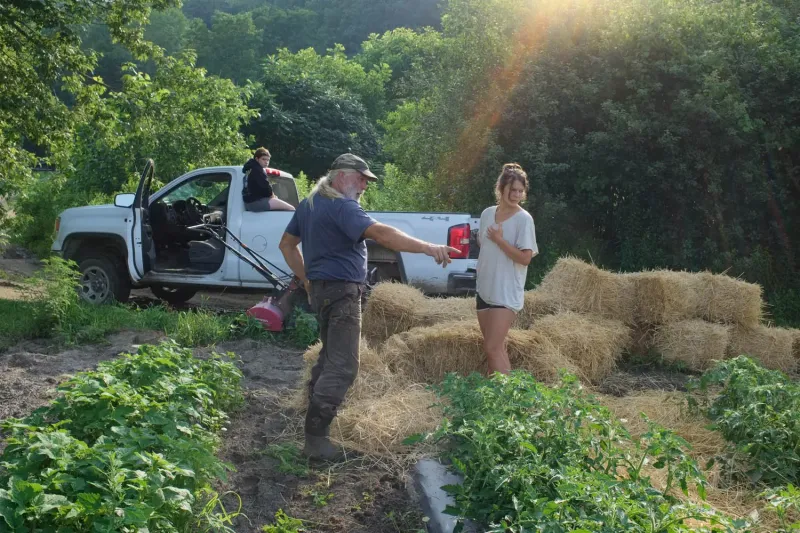
By a distant past, Abenaki families tended gardens while continuing to hunt, fish, and gather. Fields often sat near water for fertile soils and easy access.
Companion plantings shaped the soil and supported storage strategies. Seeds, fish, nuts, and game complemented one another across the year.
This mixed economy counters stereotypes about nomadism. It reflects flexible planning and detailed ecological knowledge.
In New Hampshire, river meadows reveal the pattern. Sandy soils and floodplains grow food and host travel.
For visitors, the lesson is balance rather than either or. Fields met forests without hard borders.
Work moved between plots and water. Families shifted tasks with the season’s demands.
Community foodways also linked to ceremony and story. Harvests carried obligations to share and to honor place.
When you pass a broad intervale, picture gardens, racks, and baskets under the sun. These scenes build the state’s quiet abundance.
5. Patrilineal Society, Unlike Some Neighbor Tribes

Abenaki social structure historically followed patrilineal lines. Descent and inheritance often moved through the father’s family. In some Abenaki communities historical records indicate patrilineal descent; however, practices varied across time and place.
This shaped land use, marriage ties, and leadership patterns. It influenced where families set camps and tended plots.
Travelers sometimes expect one model for all Northeastern nations. The region holds different frameworks side by side.
Understanding this difference clarifies records and place stories. It explains how names, tools, and roles traveled.
In New Hampshire, local histories note these patterns in settlement references. They help decode who managed which sites and when.
Patrilineal practice did not erase partnership or cooperation. It set a structure for how responsibilities moved.
Today, community members honor ancestors while adapting to current needs. Cultural governance evolves while memory remains.
When you read a marker or exhibit, look for kinship details. The smallest clue can unlock a larger map of relations.
6. Language Under Threat, Revival Underway
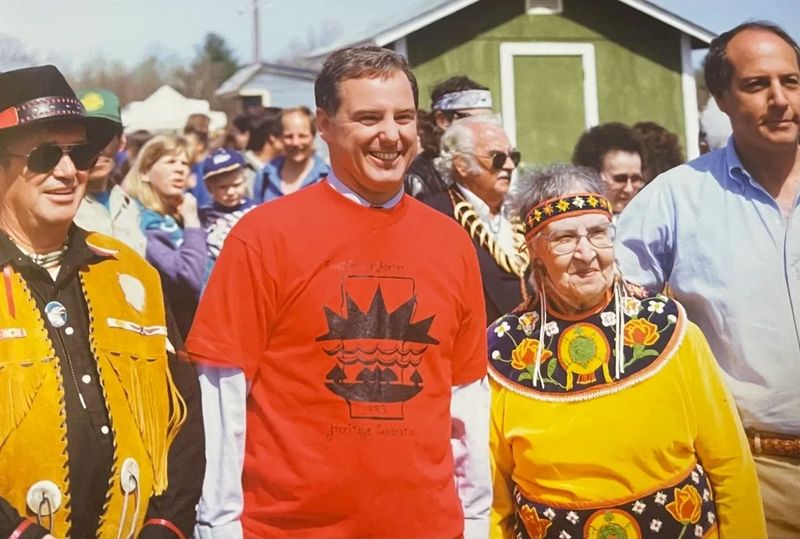
The Abenaki language belongs to the Algonquian family and is endangered today. Community-led classes and digital tools support learning and revitalization.
Place-names across New Hampshire preserve echoes of older speech. Rivers and hills carry meanings most visitors never notice.
Language work happens in living rooms, libraries, and schools. Elders, teachers, and learners build resources lesson by lesson.
You might spot signage or program calendars at museums and cultural centers. These are gateways to respectful learning.
Revival is about more than vocabulary lists. It restores songs, prayers, and humor that bind people together.
Travelers can support by listening, crediting sources, and seeking approved materials. Accurate pronunciation grows from patient practice.
As words return, place feels different. Landmarks regain stories that guide conduct and care.
New Hampshire’s tourism paths cross this work quietly. Keep an eye out for community notices and public workshops.
7. Not Always Recognized, Yet Still Here
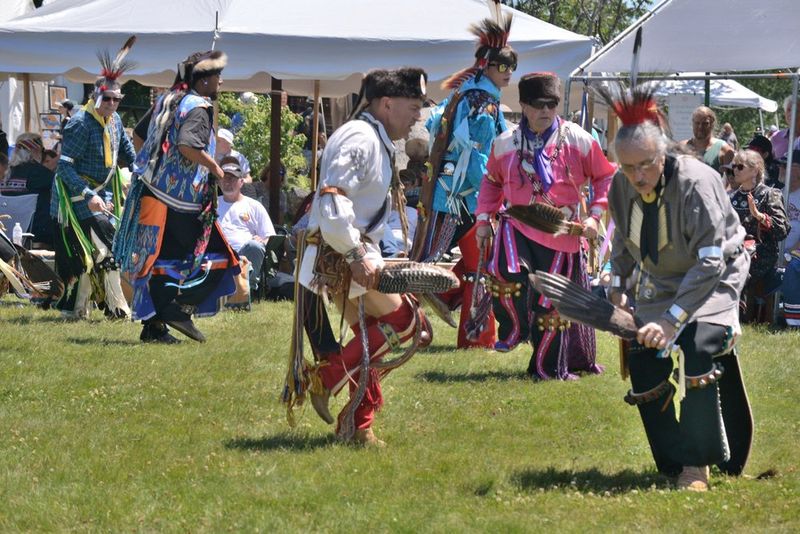
In New Hampshire, Abenaki people have faced complex questions around recognition. No federally recognized Abenaki tribe holds reservation land in the state.
Even without that status, families remain rooted here. They organize events, advocate for rights, and maintain tradition.
Travelers may miss this living presence while admiring quiet valleys. Identity can be visible in gatherings and invisible in daily routines.
Local media and cultural organizations share updates and profiles. They document ongoing contributions to art, education, and stewardship.
This reality shifts how we visit public lands and town centers. We meet not only history, but neighbors.
Recognition is a legal category, not a measure of vitality. Community strength shows in language work and ceremonial life.
Visitors can learn through public talks and exhibits across the state. Respect begins with listening and asking before photographing sacred spaces.
When you walk a green or a river path, remember whose homeland you are crossing. That awareness changes the journey.
8. Hidden Sacred Landscapes
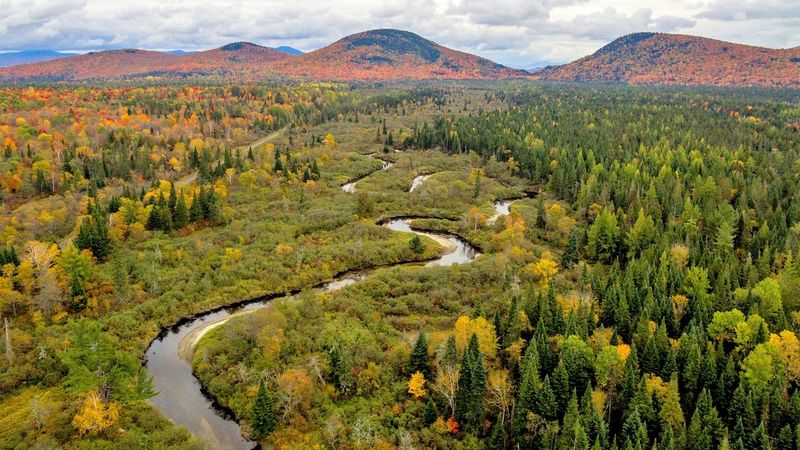
Many historic homesites and village areas in New Hampshire are unmarked. Some are burial places held close by families and caretakers.
Travelers often pass these sites without knowing their meaning. Beauty can mask obligation and memory.
Respectful visitation starts with staying on established trails. Avoid moving stones, digging, or collecting.
Museums and tribal representatives sometimes share guidance for sensitive areas. Follow the lead of those who keep the stories.
Look for interpretive signs near conserved lands that reference ancestral use. These hints point to deeper networks nearby.
The silence around certain locations is intentional. Privacy protects what cannot be rebuilt if disturbed.
New Hampshire’s lakes, islands, and headlands carry these layers. A quiet canoe launch may border sacred ground.
Approach with humility and patience. The land answers best when we let it speak first.
9. Everyday Cultural Legacies You Walk Past
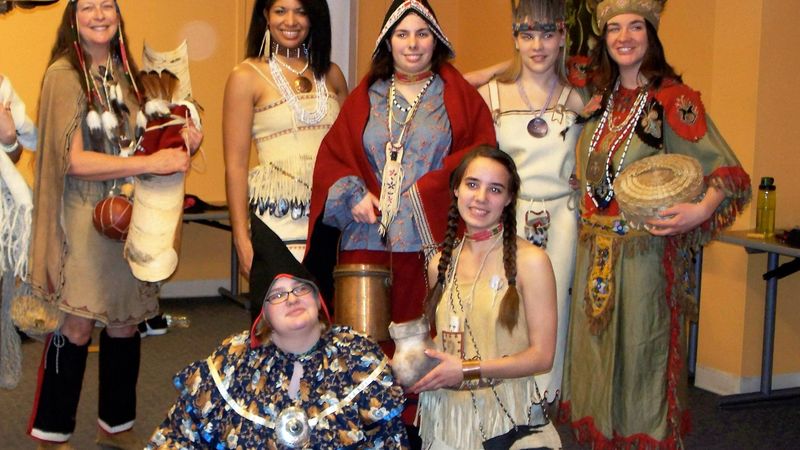
Across New Hampshire, daily life holds Abenaki roots that many overlook. Basket weaving with ash and sweetgrass continues in studios and community rooms.
Maple sugaring reflects long experience with tree cycles and careful harvesting. Winter camps once planned for this sweet season.
Games like lacrosse trace to Indigenous innovation and teamwork. Many local fields echo that heritage even without plaques.
Travelers can seek workshops and demonstrations at cultural centers. Buying directly from makers supports knowledge keepers.
Listen for stories about materials, gathering, and family lines. Every tool on a workbench holds a teacher’s lesson.
In town halls and libraries, exhibits highlight craft lineages. These programs help visitors understand continuity.
When you walk a village green, imagine trade, games, and songs. Past and present overlap in the open air.
The more you notice, the more New Hampshire reveals its layered character. Ordinary corners turn into classrooms of memory.
Dear Reader: This page may contain affiliate links which may earn a commission if you click through and make a purchase. Our independent journalism is not influenced by any advertiser or commercial initiative unless it is clearly marked as sponsored content. As travel products change, please be sure to reconfirm all details and stay up to date with current events to ensure a safe and successful trip.